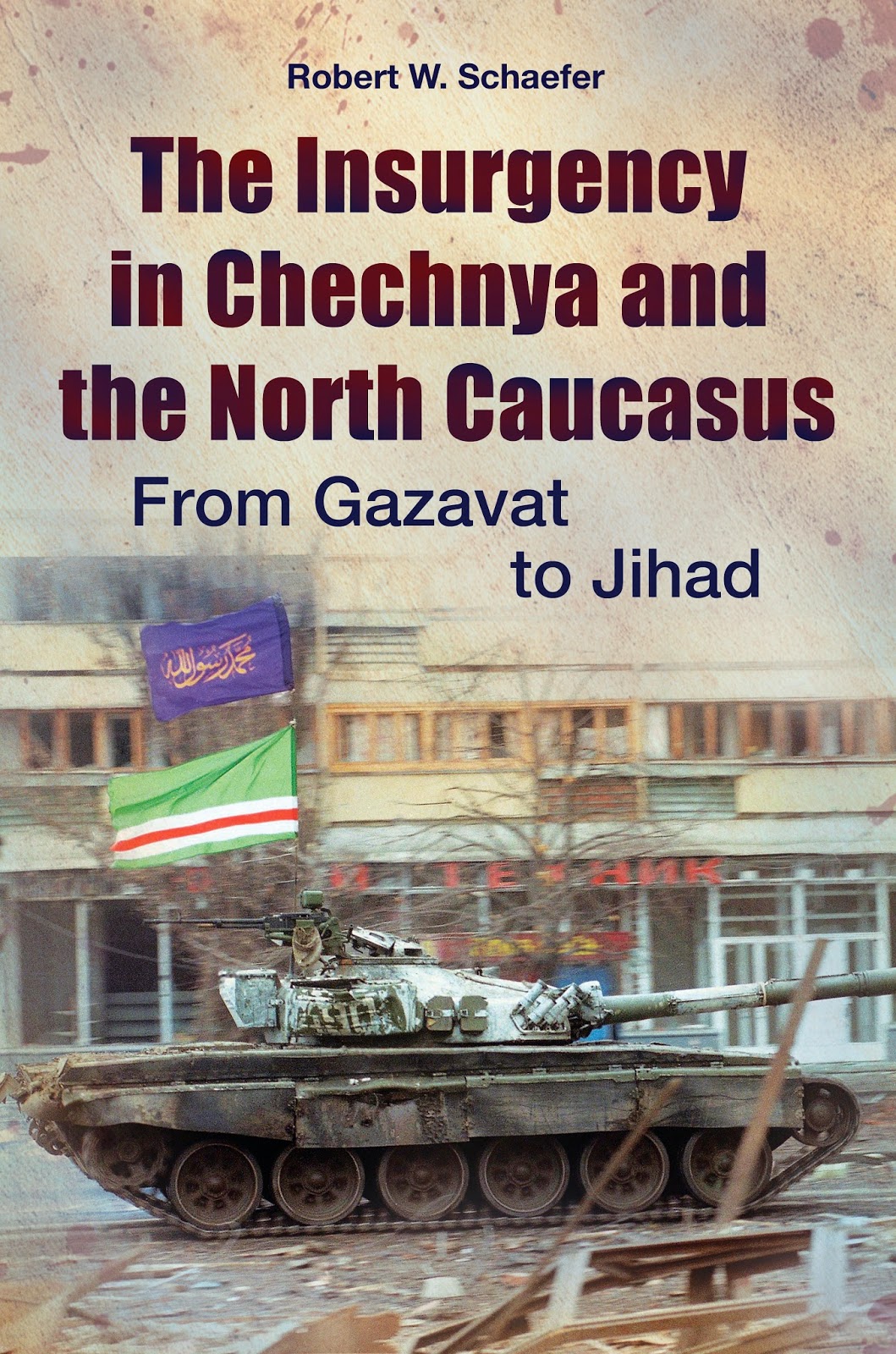In contrast, there is a good chance that Sinaloa
Cartel is likely to avoid such fragmentation.
In other words, the bloodless take-down of Joaquín “El Chapo” Guzmán
Loera is a thorn in the side of the Sinaloa Cartel, but not a dagger in its
heart.
Ismael “El Mayo” Zambada García, who has disguised
himself with plastic surgery, should be able to step into El Chapo’s boots
without a free-for-all among colleagues.
El Mayo, born January 1, 1948 in El Álamo, Badiraguato, Sinaloa, is a
savvy, seasoned narco-trafficker, an inseparable ally of El Chapo, and virtual
co-leader of their enterprise that stretches from Mexico
to Central America to Europe to Australia
Chicago, Illinois, recently slammed El Chapo as
“Public Enemy Number One” because of the Sinaloans dominance of the Windy
City’s drug commerce.
During El Chapo’s imprisonment from June 9, 1993 to January 19, 2001, Zambada helped orchestrate his escape from El Grande prison in a laundry cart after his electronically wired cell door inexplicably flew open and video cameras went dark. The feat became known as the “golden kilogram”—an allusion to the weight of the gold used to bribe those who helped the kingpin gain freedom.
El Mayo is also allied with Juan José "El Azul " Esparragoza Moreno, one of the most astute lords in Mexico’s underworld and, by far, its best negotiator. El Azul, so called because of the blue tint to his skin, combines the bargaining skills of a Talleyrand, the strategic instincts of a Henry Kissinger, and the low-keyed personality of a squint-eyed accountant. Aligned with the Juárez Cartel until the July 1997 death of Amado Carrillo Fuentes, he cast his lot with the Sinaloa Cartel after El Chapo rolled out of the Puente Grande prison in a laundry cart. Although a power in the Sinaloa syndicate, Esparragoza has carved out a fiefdom in
El Mayo’s
financial and political acumen enabled the mustachioed strongmen to knit close
relations with Félix Gallardo and Amado Carrillo Fuentes in their heyday. Since
the 1990s, El Mayo has had his own pistoleros,
which helps him enforce agreements with interlocutors. He has enjoyed a high
degree of autonomy in his areas of greatest influence: Sinaloa, Durango, Cancun, Quintana Roo, Sonora, Monterrey and Nuevo Leon. While his gunman Gustavo
Inzunza reportedly killed more than 50 people in Sinaloa, spilling blood is not
El Mayo’s forte—except when agreements with him remain unfulfilled. The DEA and
PGR have placed a $5 million bounty on his head.
What group
could seek to take-over the territory and assets of the Sinaloa Cartel? Beset by intra-mural brawling, the sadistic
Los Zetas have lost their command and control structure manipulated by Miguel
Ángel “El 40” Trevino Morales and Heriberto “The Executioner” Lazcano; although
Héctor is still in command, his Beltrán Leyvas have suffered disintegration as
a half-dozen cartelitos have emerged;
the Gulf Cartel is riven between Los Metros and Los Rojos; and the Knights
Templars have their hands full battling auto-defense groups, the Navy, the
Army, and the Federal Police in the Tierra Caliente.
Only the
fast-growing Cartel de Nueva Generación Jalisco (CJNG), which has been an
off-and-on ally of El Chapo, could pose a threat to the Sinaloans. However, the
CJNG has more enemies than friends. Its
foes include La Resistencia, Los Zetas, and Los Knights Templars—not to mention
remaining elements of La Familia Michoacana.
No one is
“untouchable," but the El Mayo-El Azul tandem have the resources, know-how,
leadership skills, and cohesion to accomplish a transition from El Chapo and
enable the Sinaloa Cartel to maintain, if not expand, its territory.
This op-ed was also published in El Universal, Feb.
24, 2014.


